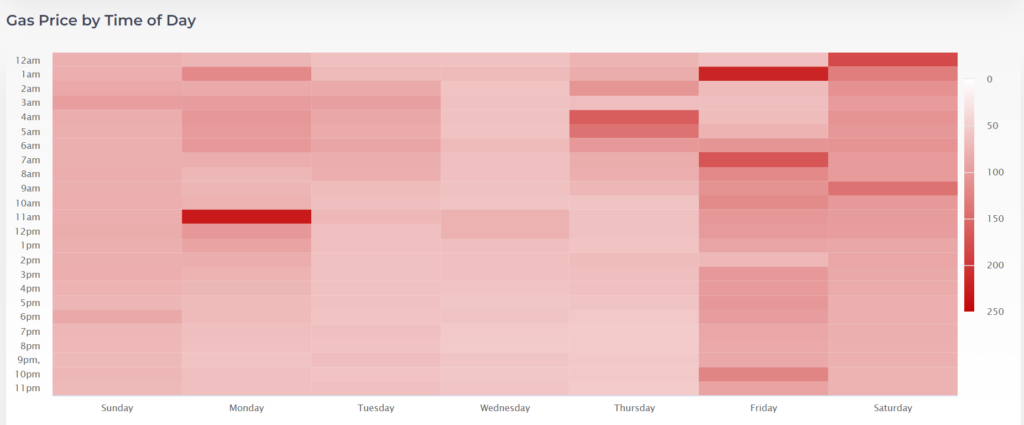Just like a car needs its fuel and humans need food for energy, the Ethereum (ETH) network needs gas to facilitate its transactions. Ethereum gas is an essential part of the network and most of the time, it can get expensive (to say the least).
One of the things that make ETH gas computation so tricky is that it’s never been a fixed price. The amount of gas you’ll need to pay will depend on how large or complex your transaction is. For example, a complicated transaction could easily set you back 1,000,000 gas while a simple transfer would cost only about 21,000.
Another thing that factors into high ETH gas fees is the time of day of the transaction. The more people transacting, the more congested the network becomes, resulting in higher gas fees.
How to reduce Ethereum gas fees
Now that you know why gas fees are so high, you can work around them to make the most out of your transactions. Mainly, there are three cost-saving solutions for Ethereum’s rising gas fees:
- Plan ahead
One of the first things you should start doing to reduce your Ethereum gas fees is to plan your transactions accordingly so that they coincide with a decongested network.
During weekdays, ETH gas price is at its lowest between 12:00 AM to 4:00 AM (EST)—when ETH users in Europe and Africa are just starting their day while the majority of users from Asia and of North and South America are offline. On weekends, the best time to transact is from 2:00 AM to 3:00 AM (EST).

Source: ethereumprice.org/gas
- Try a layer 2 solution
Just like how Bitcoin has the Lightning Network, Ethereum also offers layer-2 solutions—networks built on top of a blockchain to help boost capability, offload work, reduce congestion, and avoid single points of failure—that allow you to get the lowest ETH gas fees.
In the world of Ethereum, these are called Rollups. If you want to explore these types of solutions, you can check out Arbitrum, Optimism, Polygon, or Loopring. - Use tools to calculate your gas fees
Another tricky thing about gas fees is that you won’t know the actual gas fee until you carry out your transaction. In most cases, people will just wing it and worry about the gas fees later.
To see how much you’re going to pay before making your transaction, there are applications that’ll give you an idea of what gas fees are going to look like. Apps like DeFi Saver will let you simulate your transaction and show you the gas fees in real-time. By simulating it before making the actual transaction, you’ll have a better idea of your costs.
Ethereum’s unique gas problem
Ethereum gas fees are something that has concerned ETH users for quite a while now. Despite its crazy spikes, it’s an essential part of the Ethereum network—it exists to incentivize miners (while ETH still uses the Proof-of-Work system), secure transactions, and distinguish computational costs from other expenses.
With Ethereum 2.0 on the horizon, users remain hopeful that gas fees will eventually be reduced. It was one of the main reasons behind the upgrade, leading to future features like blockchain sharding and the switch from the Proof-of-Work consensus algorithm to Proof-of-Stake—both of which will hopefully reduce Ethereum gas fees in the long run.
As for what happens when that upgrade comes, we’ll just have to wait and see. Right now, we have to play with the hand that we’re dealt with. Gas prices are high, so it might benefit most to stick to something tried and tested like Bitcoin and its already-proven Lightning Network—at least until we see what happens when (or if) Ethereum 2.0 drops.